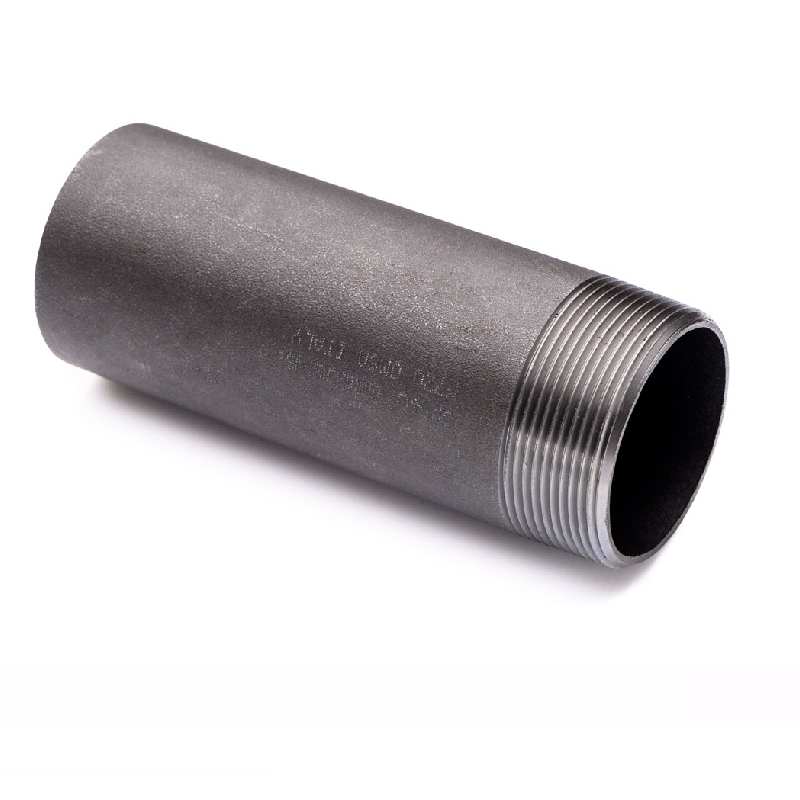-
Cangzhou Yulong Steel Co., Ltd.
-
Phone:
+86 13303177267 -
Email:
admin@ylsteelfittings.com
- English
- Arabic
- Italian
- Spanish
- Portuguese
- German
- kazakh
- Persian
- Greek
- French
- Russian
- Polish
- Thai
- Indonesian
- Vietnamese
- Zulu
- Korean
- Uzbek
- Hindi
- Serbian
- Malay
- Ukrainian
- Gujarati
- Haitian Creole
- hausa
- hawaiian
- Hebrew
- Miao
- Hungarian
- Icelandic
- igbo
- irish
- Japanese
- Javanese
- Kannada
- Khmer
- Rwandese
- Afrikaans
- Albanian
- Amharic
- Armenian
- Azerbaijani
- Basque
- Belarusian
- Bengali
- Bosnian
- Bulgarian
- Catalan
- Cebuano
- China
- China (Taiwan)
- Corsican
- Croatian
- Czech
- Danish
- Esperanto
- Estonian
- Finnish
- Frisian
- Galician
- Georgian
- Kurdish
- Kyrgyz
- Lao
- Latin
- Latvian
- Lithuanian
- Luxembourgish
- Macedonian
- Malgashi
- Malayalam
- Maltese
- Maori
- Marathi
- Mongolian
- Myanmar
- Nepali
- Norwegian
- Norwegian
- Occitan
- Pashto
- Dutch
- Punjabi
- Romanian
- Samoan
- Scottish Gaelic
- Sesotho
- Shona
- Sindhi
- Sinhala
- Slovak
- Slovenian
- Somali
- Sundanese
- Swahili
- Swedish
- Tagalog
- Tajik
- Tamil
- Tatar
- Telugu
- Turkish
- Turkmen
- Urdu
- Uighur
- Welsh
- Bantu
- Yiddish
- Yoruba

Dec . 05, 2024 15:37 Back to list
Understanding PN6 Flange Specifications and Applications in Pipeline Systems
Understanding PN6 Flanges An Overview
Flanges are a pivotal component in piping systems, serving as the connection points that allow pipes, valves, pumps, and other equipment to be joined together. Within the extensive variety of flanges available, the PN6 flange stands out due to its specific pressure rating and application suitability. In this article, we will delve into the characteristics, applications, and advantages of PN6 flanges, highlighting why they are essential in various industries.
What is a PN6 Flange?
The designation PN in PN6 stands for Pressure Nominal. The number following it (in this case, 6) indicates the maximum allowable pressure in bars at a reference temperature (usually 20°C). Therefore, a PN6 flange is rated for a maximum operating pressure of 6 bars, which is approximately 87 psi. This makes PN6 flanges suitable for low-pressure applications within certain industries, including water supply and environmental systems.
Flanges can be manufactured in various materials, including stainless steel, carbon steel, and plastic, depending on the application's requirements. The standard dimensions and specifications for PN flanges are governed by international standards, primarily the European Standard EN 1092-1. This ensures that PN6 flanges are compatible with other flanges and piping components of similar ratings.
Characteristics of PN6 Flanges
1. Design and Construction PN6 flanges can be designed in various forms, including slip-on, weld neck, blind, and threaded types. The choice of design influences the installation method and application suitability.
2. Material Variety As mentioned earlier, PN6 flanges can be fabricated from several materials. Stainless steel is favored in corrosive environments, while carbon steel is more economical for less demanding applications.
3. Size and Dimension The size range of PN6 flanges follows strict standards, typically ranging from a nominal diameter of 10 mm to 1000 mm. This diversity in size allows for compatibility with different pipe diameters.
4. Temperature Resistance While PN6 flanges are primarily rated for pressure, it’s essential to note their temperature handling capacity. Different materials provide different thermal resistance, which is critical in high-temperature applications.
Applications of PN6 Flanges
pn6 flange

PN6 flanges find utility across a variety of sectors, including
- Water Treatment Plants The low-pressure handling capabilities make PN6 flanges perfect for connecting pipelines in water supply frameworks. - HVAC Systems In heating, ventilation, and air conditioning systems, PN6 flanges are often used to connect pipes carrying thermal fluids. - Chemical Processing In certain chemical processes that require low-pressure handling of non-corrosive substances, PN6 flanges can be effectively utilized.
- Food and Beverage Industry Food-grade materials combined with PN6 design facilitate sanitary connections in the transportation of liquids in the processing of beverages and other food items.
Advantages of PN6 Flanges
1. Ease of Installation The various design options for PN6 flanges contribute to ease of installation, allowing for quick assembly and disassembly of piping systems.
2. Versatile Applications The multi-industry applicability of PN6 flanges sets them apart, as they can be used in a range of environments and conditions.
3. Cost-Effectiveness Due to their low-pressure rating, PN6 flanges are generally more affordable than their high-pressure counterparts, making them an economical solution for industries with less stringent requirements.
4. Standardization Compliance with EN 1092-1 ensures that PN6 flanges can fit seamlessly into existing piping systems, reducing the need for custom solutions.
Conclusion
In conclusion, PN6 flanges represent a valuable connection piece in various low-pressure systems. Their design flexibility, material options, and wide range of applications make them an attractive choice for industries seeking reliable and efficient solutions. Understanding the characteristics and advantages of PN6 flanges not only aids in selecting the right components for a project but also contributes to the overall efficiency and safety of piping systems. Whether in water treatment, HVAC, or other sectors, PN6 flanges will continue to play a critical role in modern infrastructure.
Latest news
-
ANSI 150P SS304 SO FLANGE
NewsFeb.14,2025
-
ASTM A333GR6 STEEL PIPE
NewsJan.20,2025
-
ANSI B16.5 WELDING NECK FLANGE
NewsJan.15,2026
-
ANSI B16.5 SLIP-ON FLANGE
NewsApr.19,2024
-
SABS 1123 FLANGE
NewsJan.15,2025
-
DIN86044 PLATE FLANGE
NewsApr.19,2024
-
DIN2527 BLIND FLANGE
NewsApr.12,2024
-
JIS B2311 Butt-Welding Fittings LR/SR 45°/90° /180°Seamless/Weld
NewsApr.23,2024











